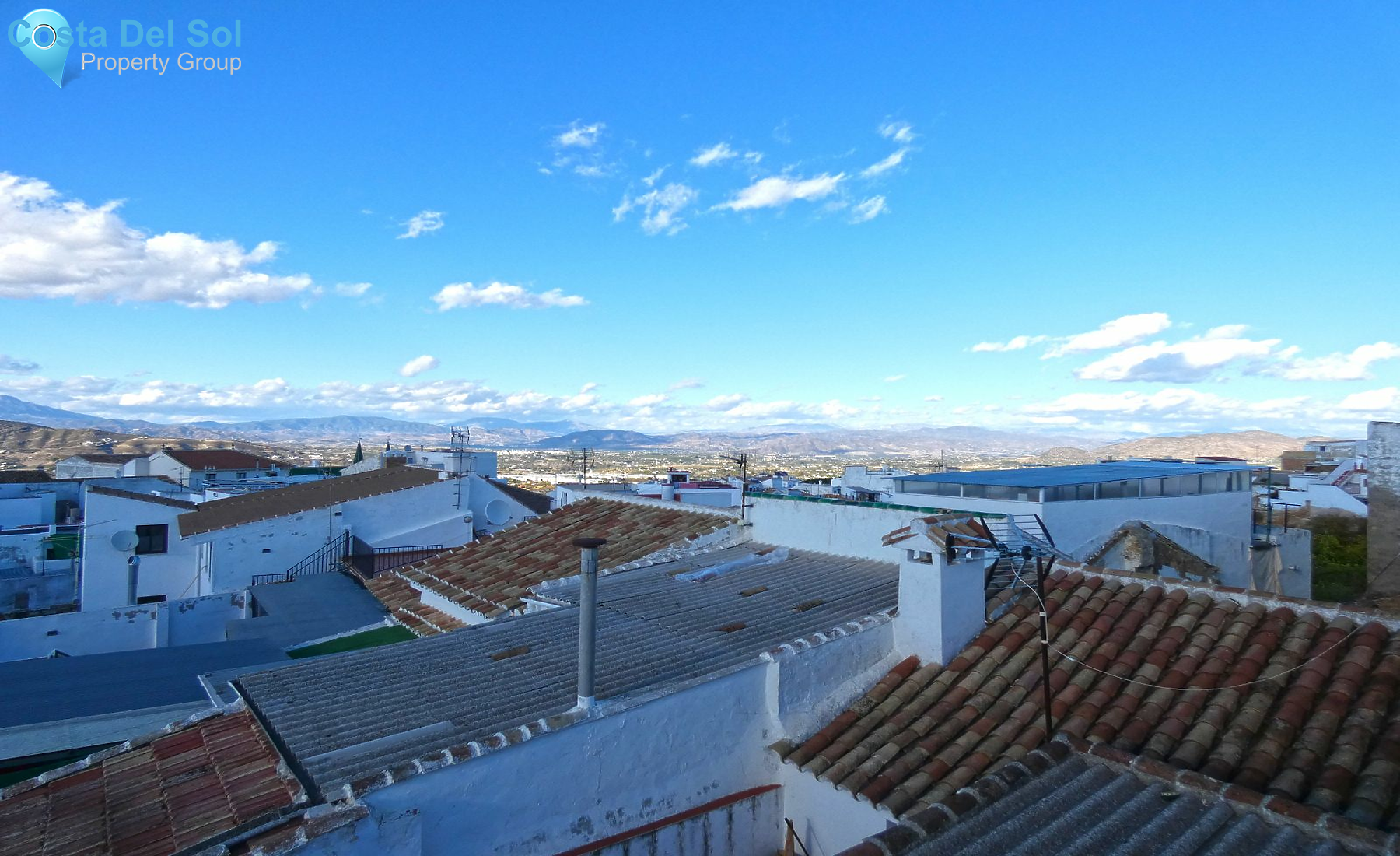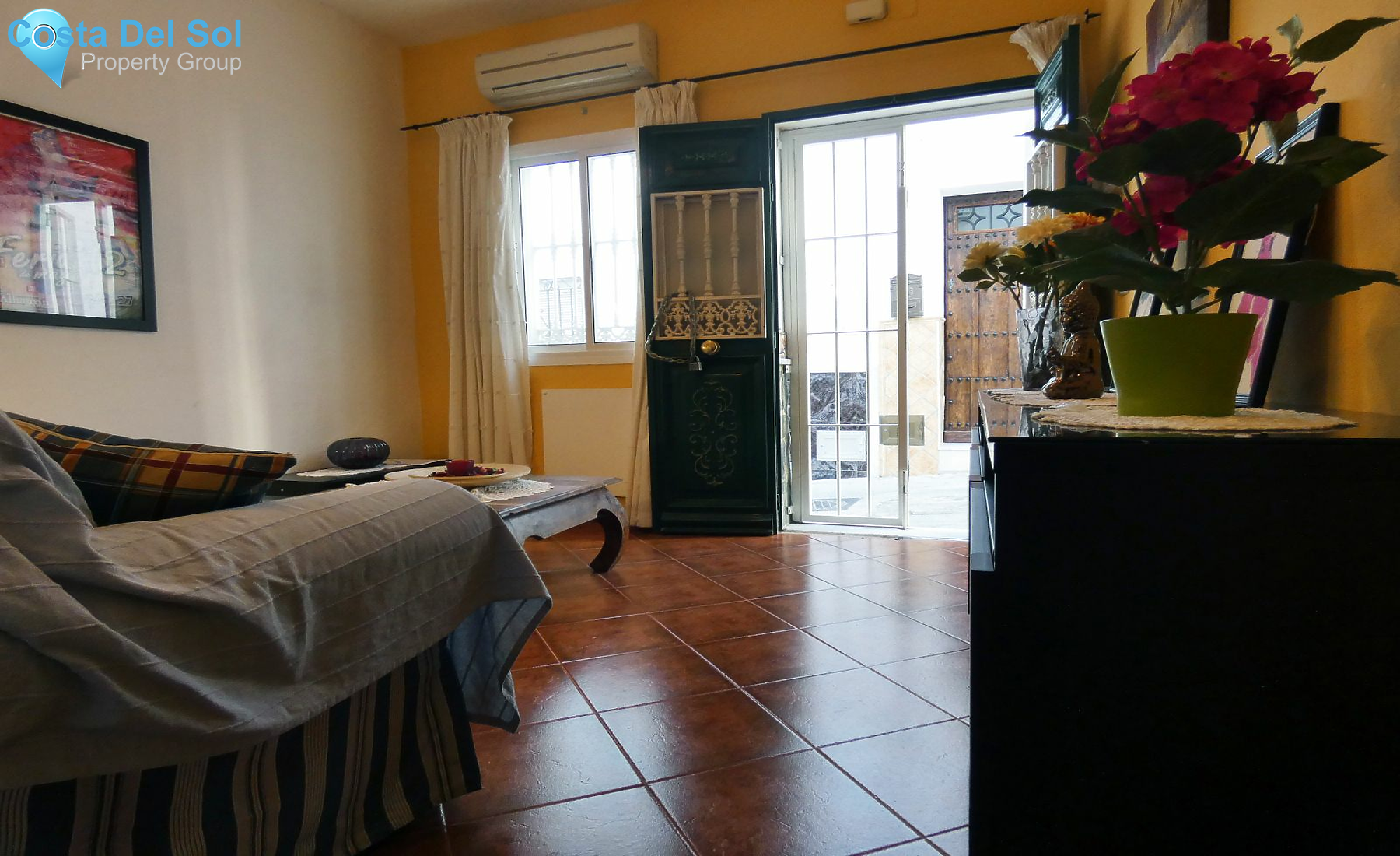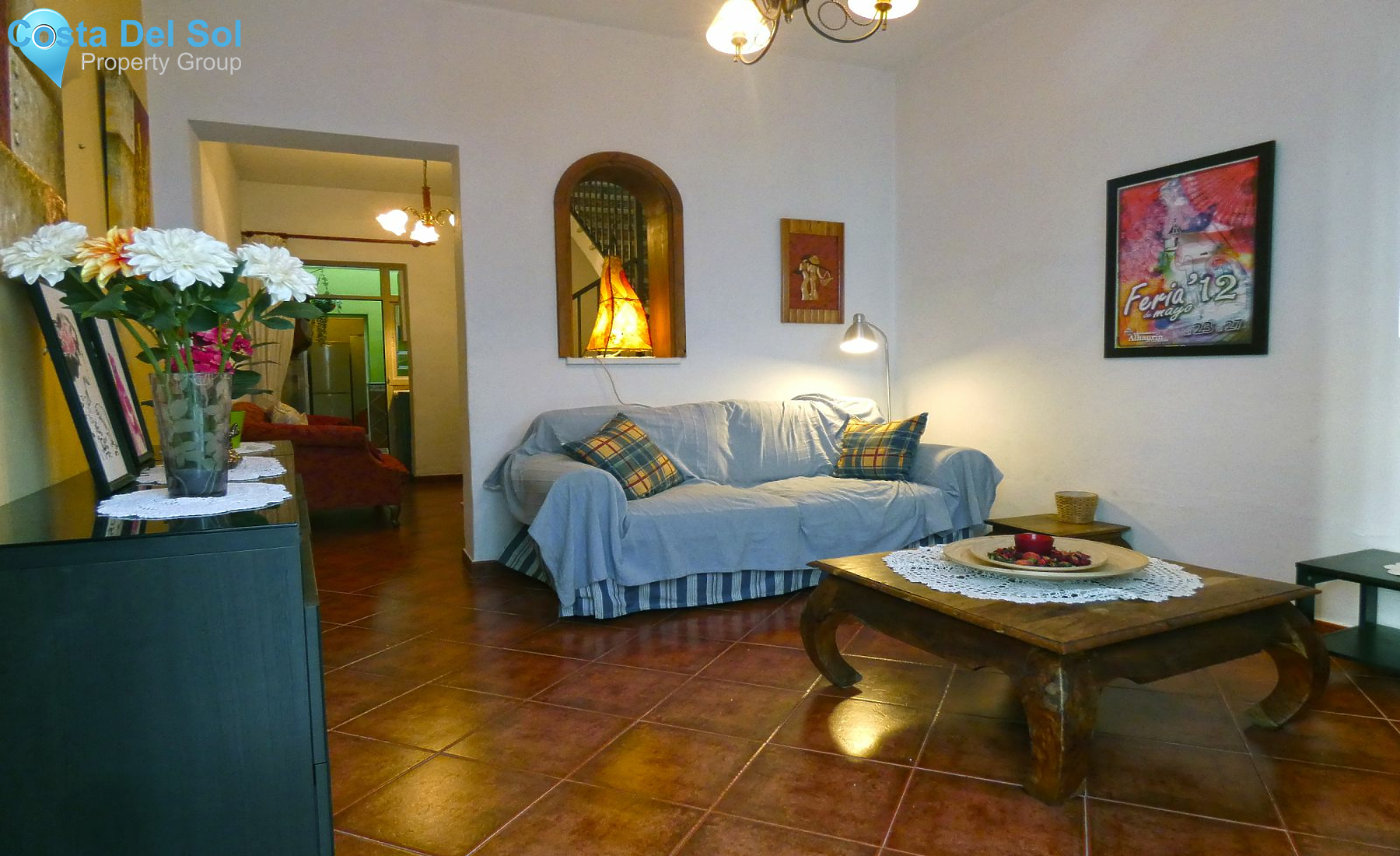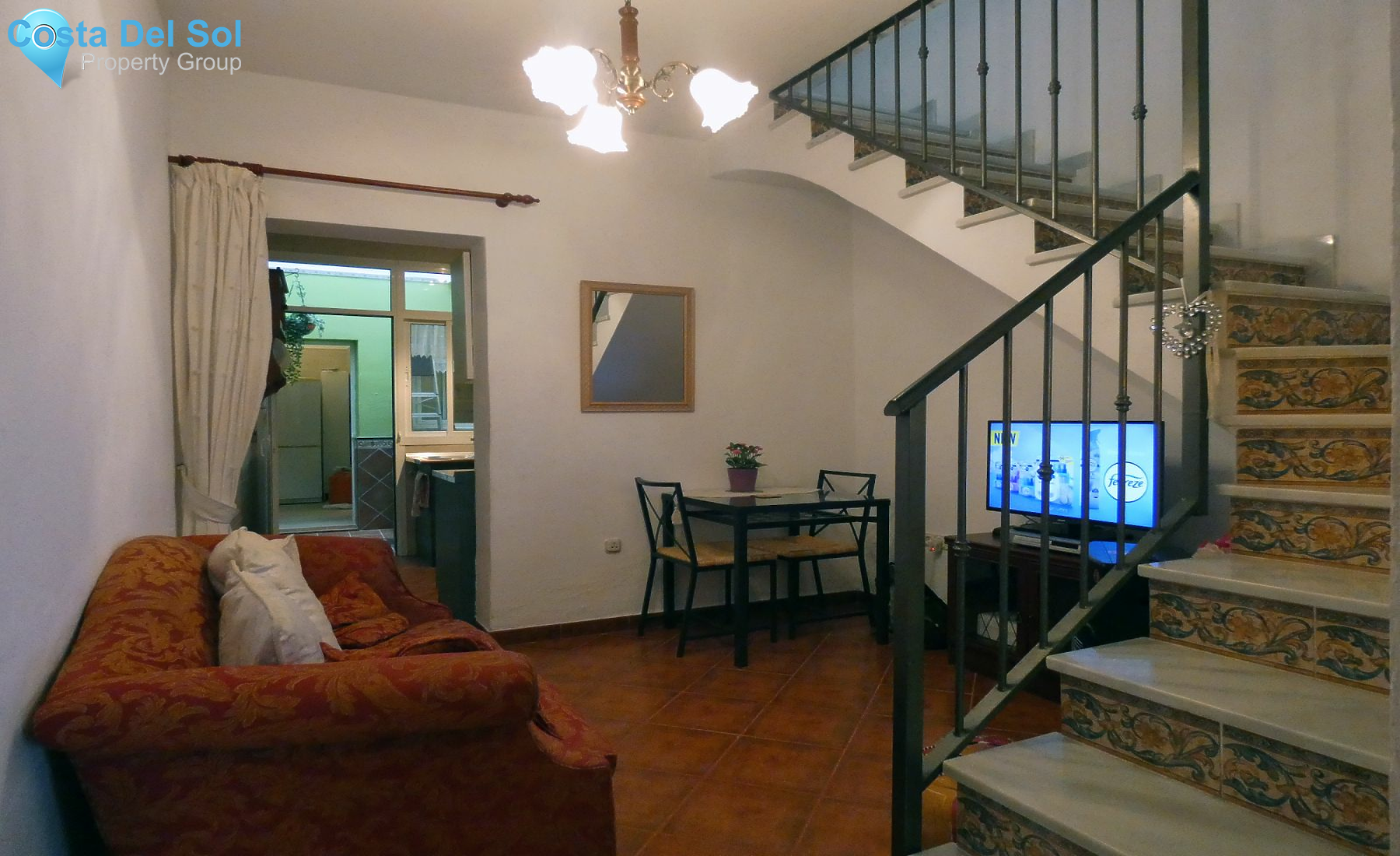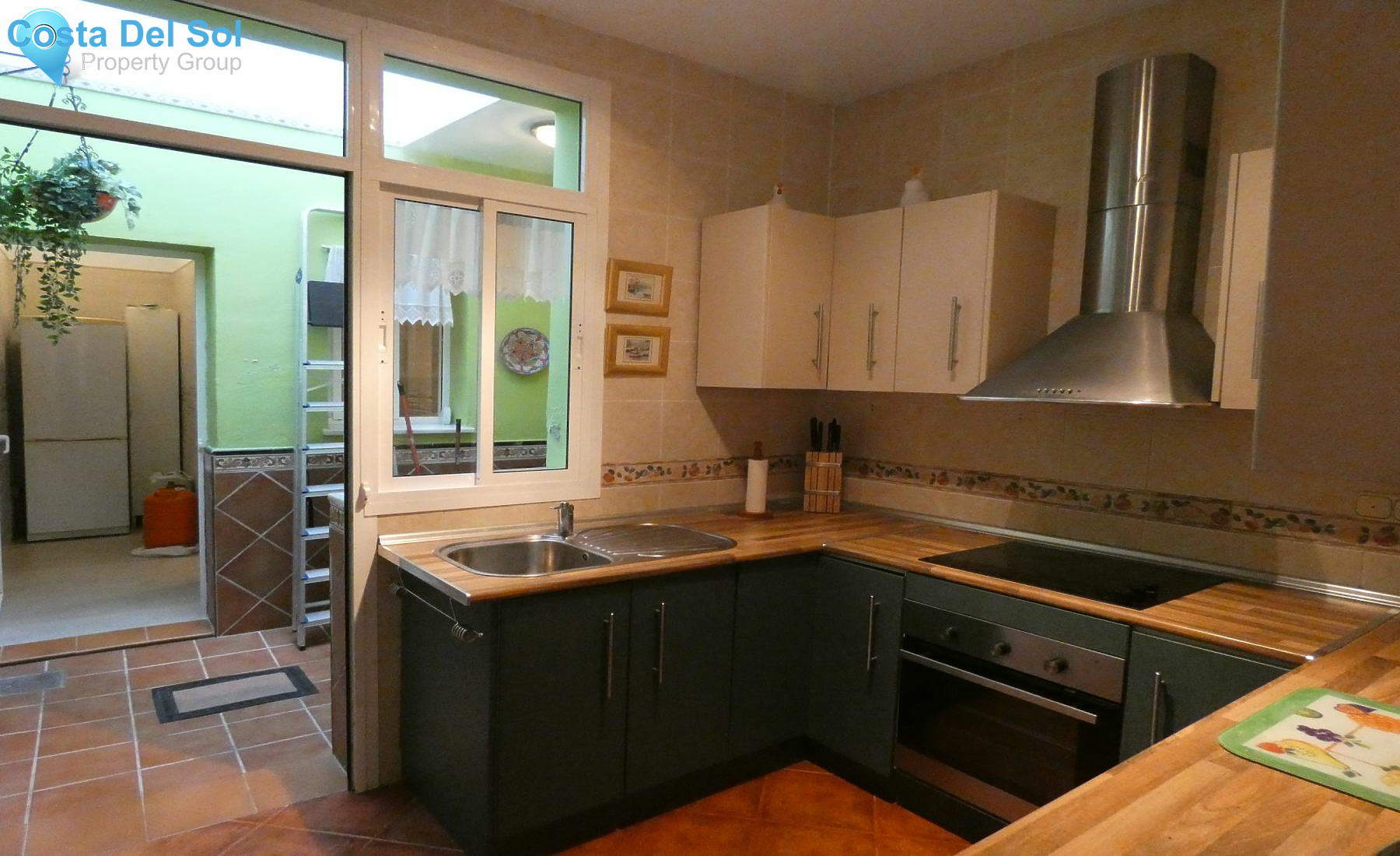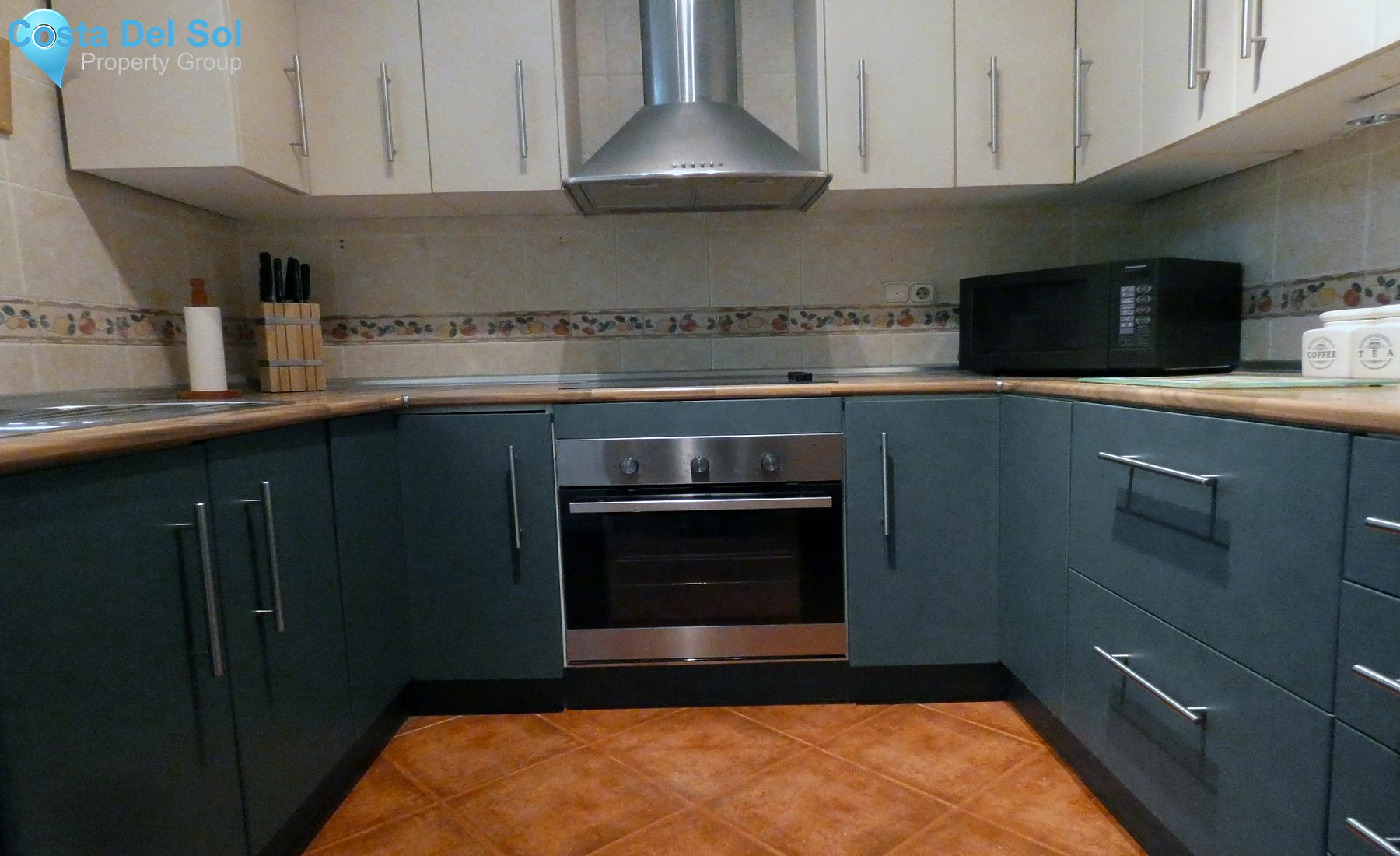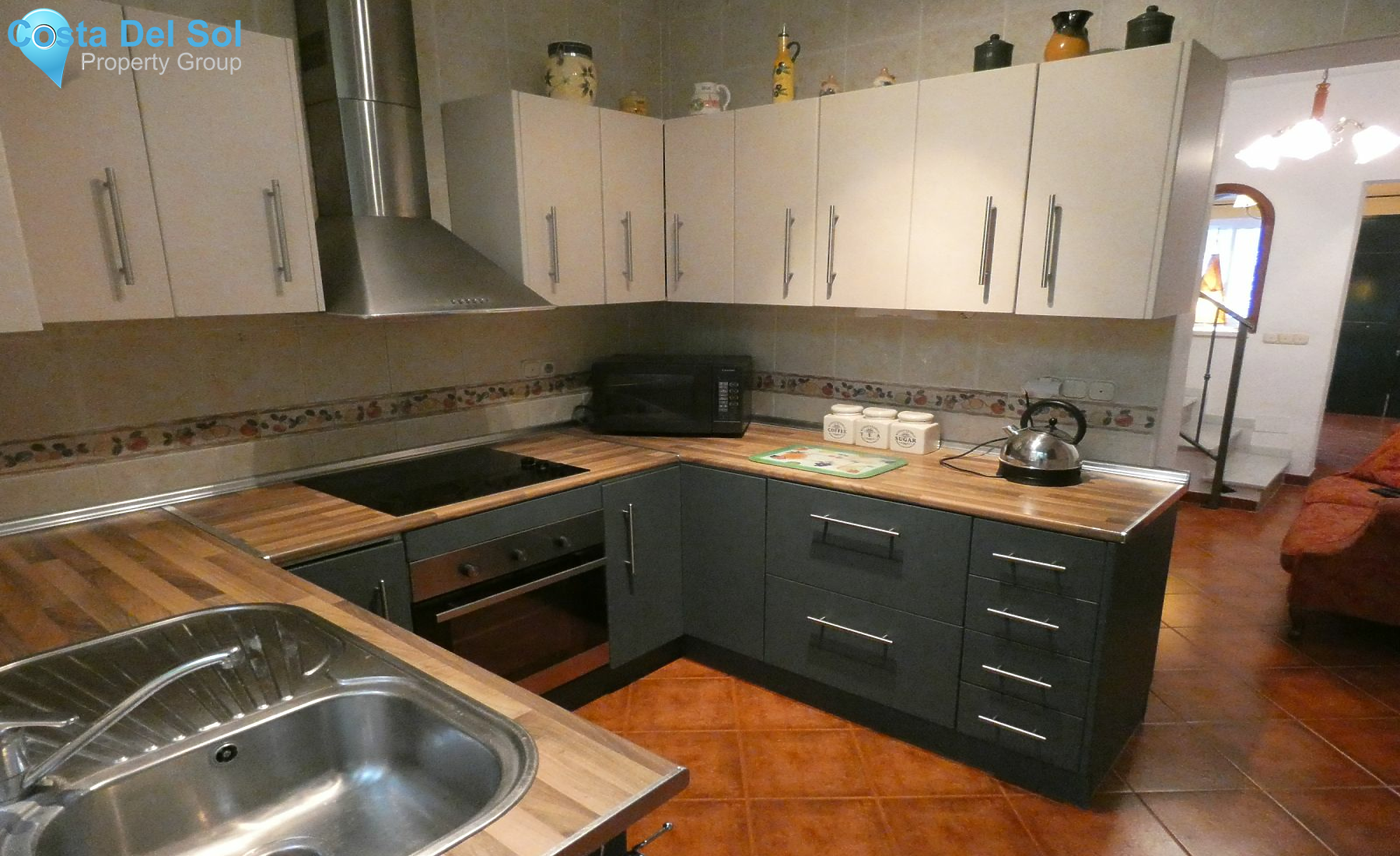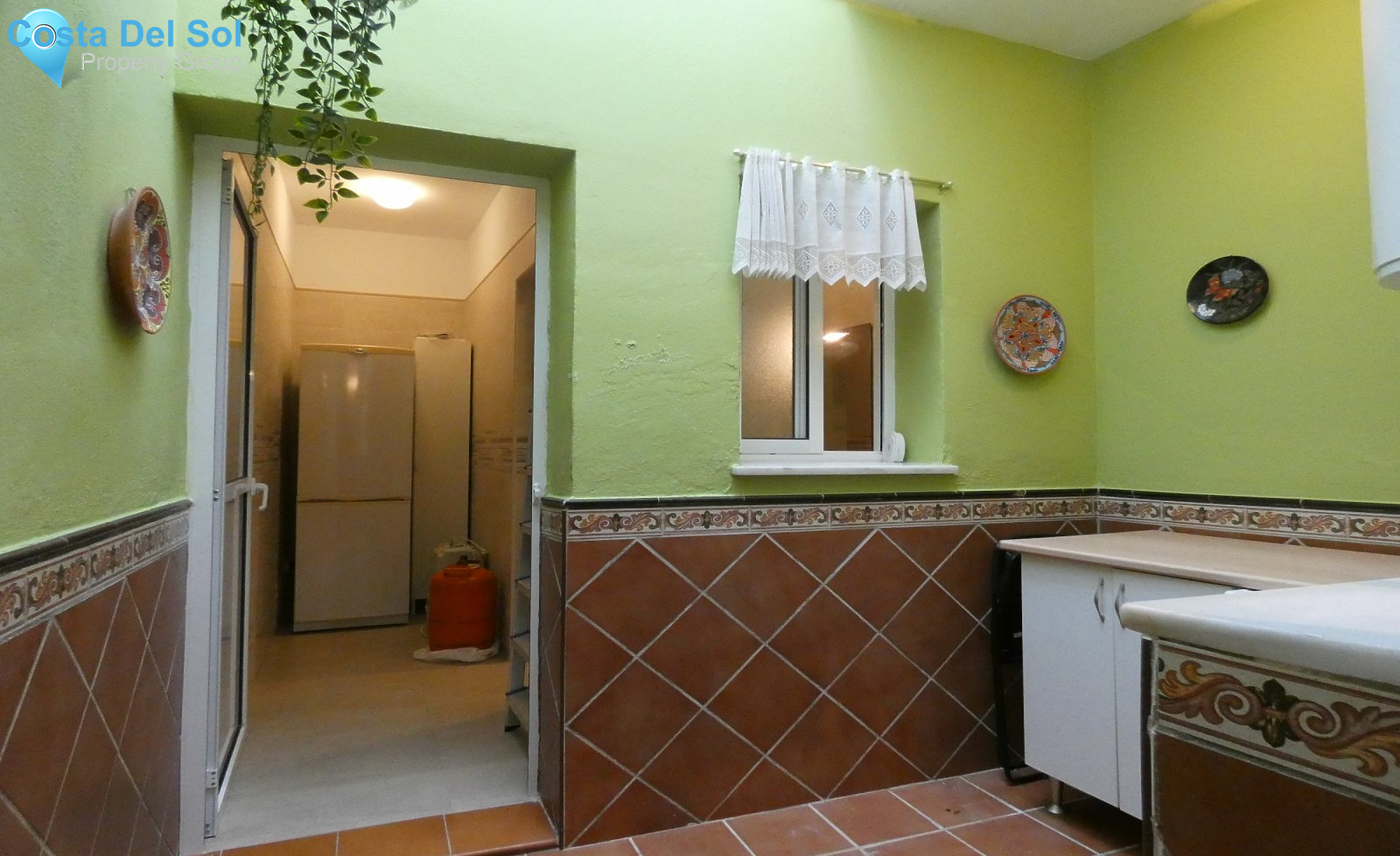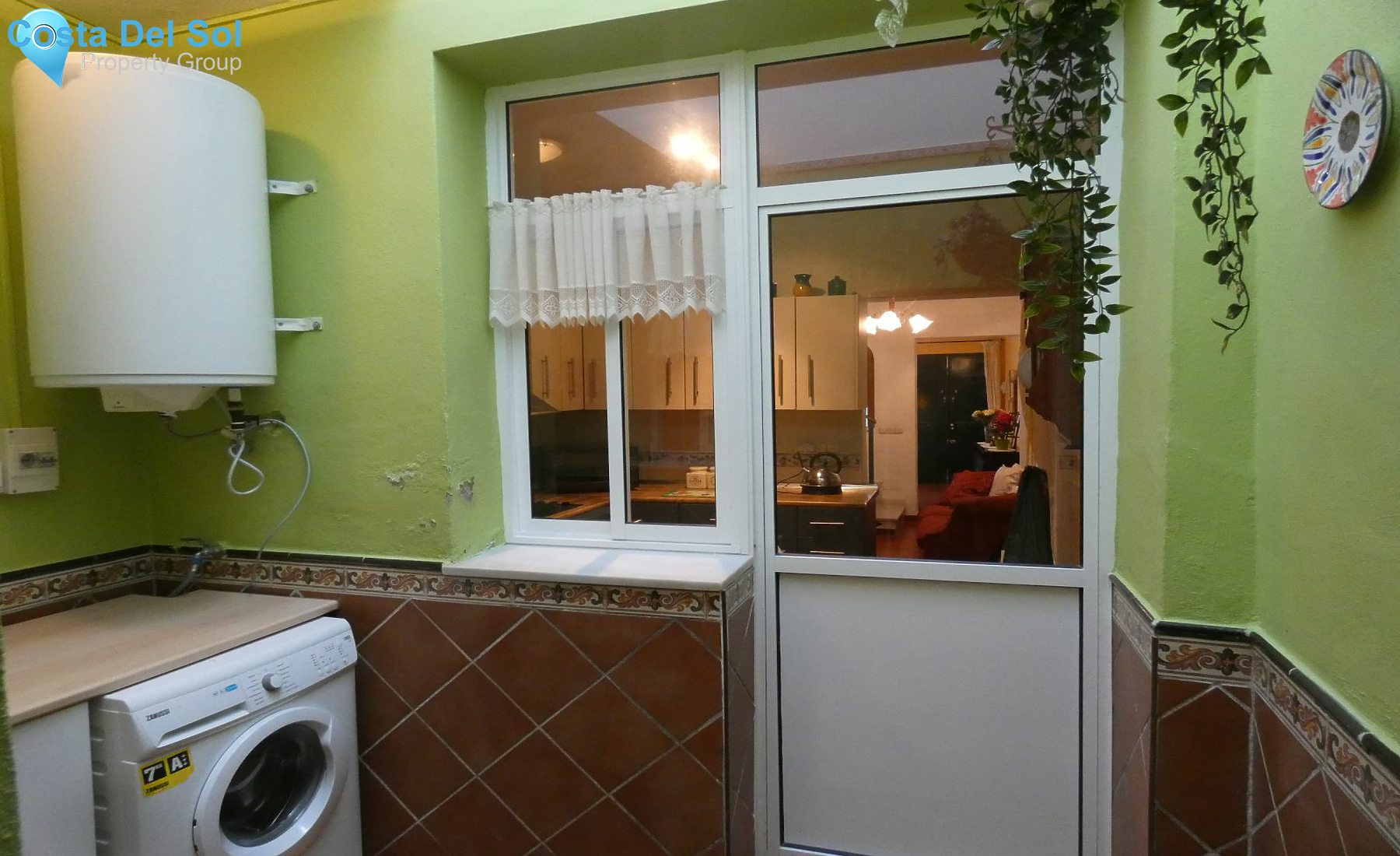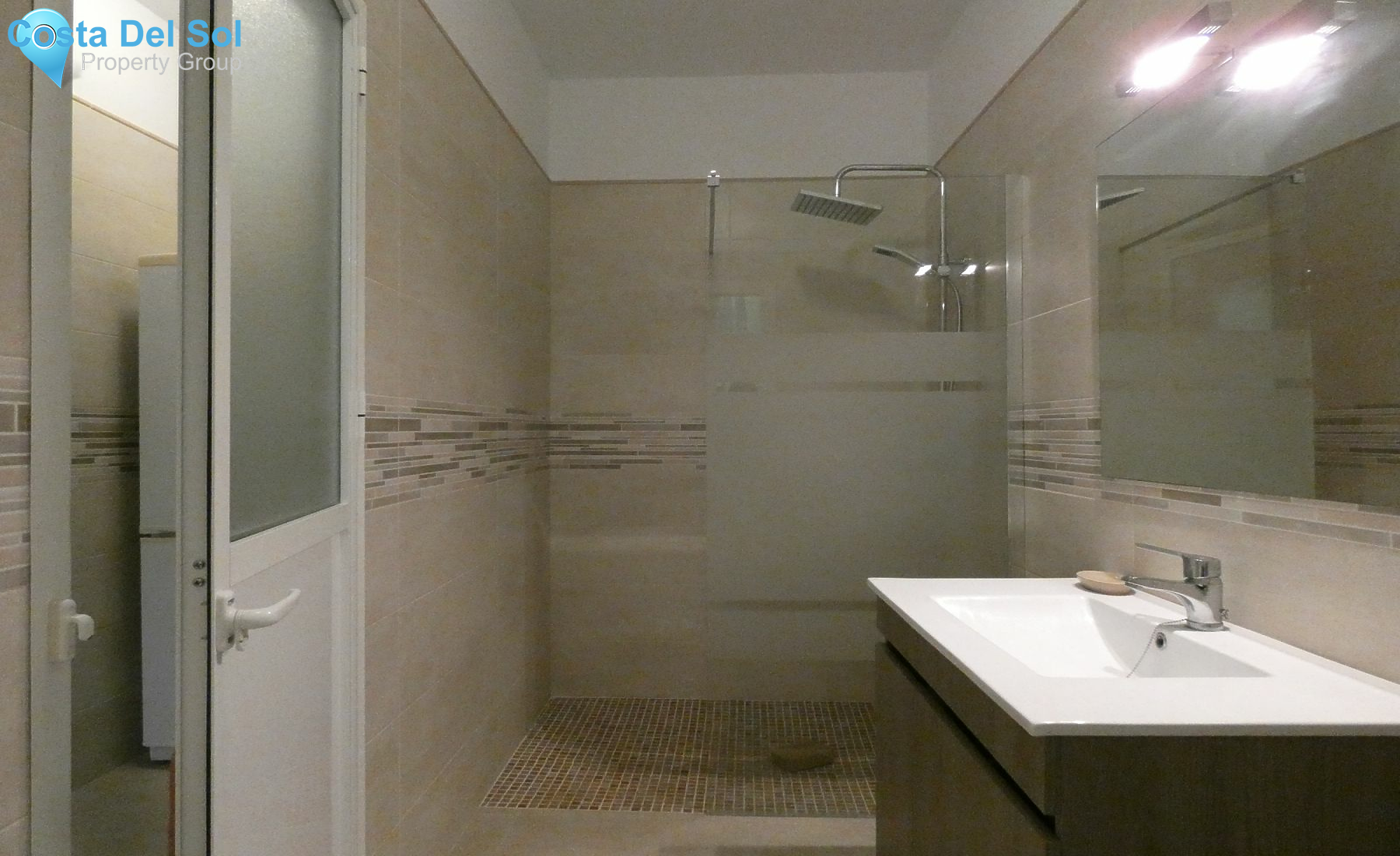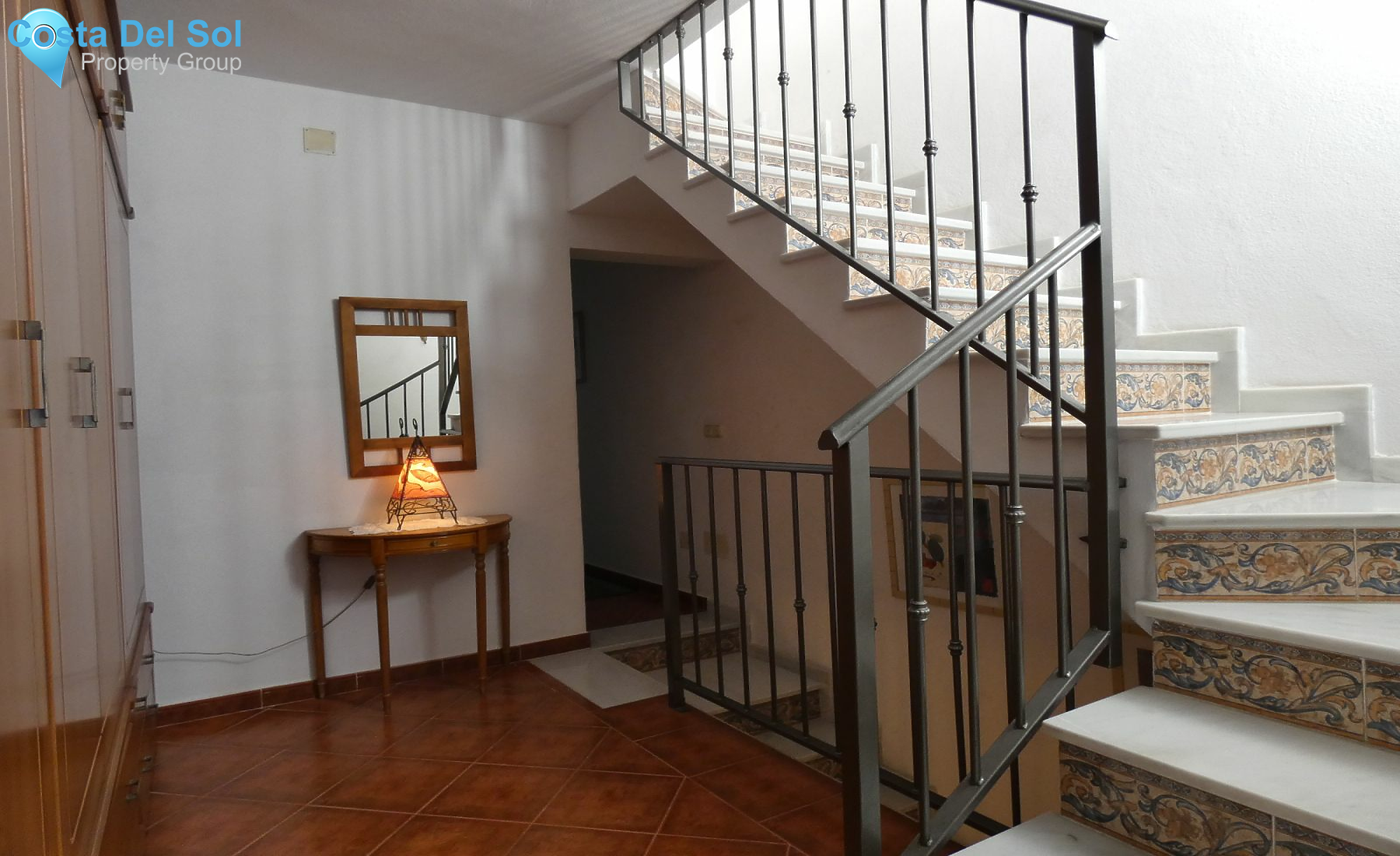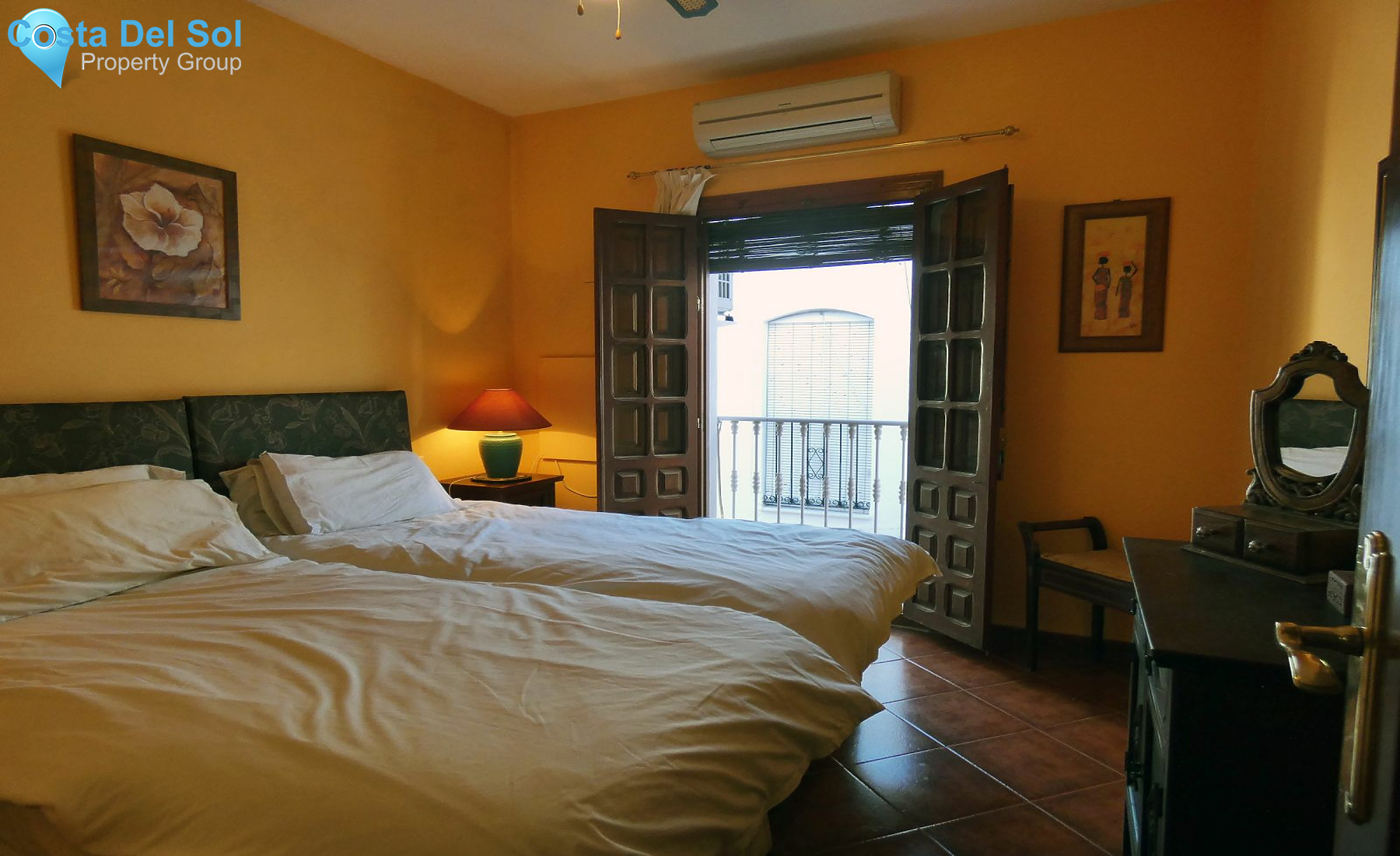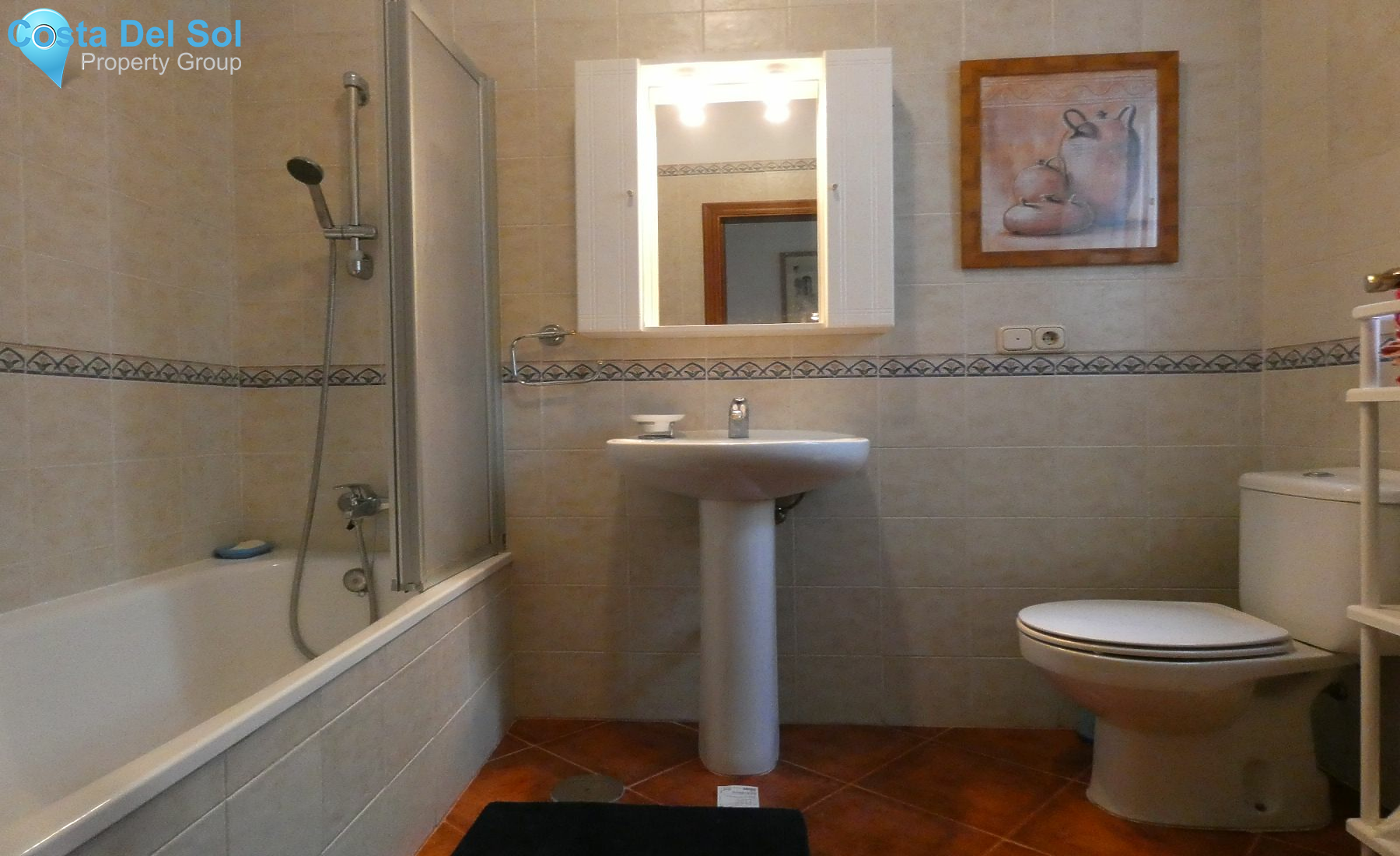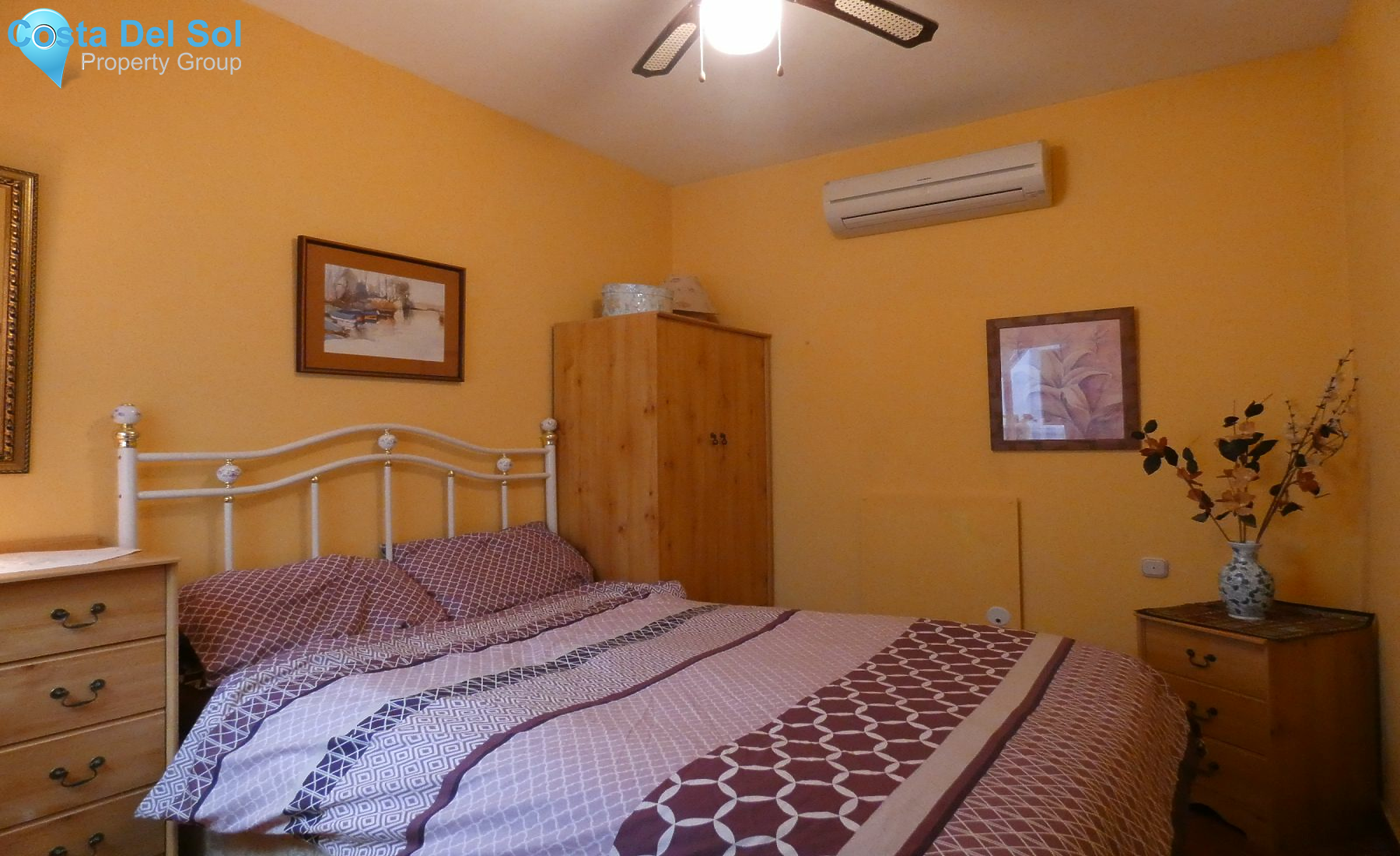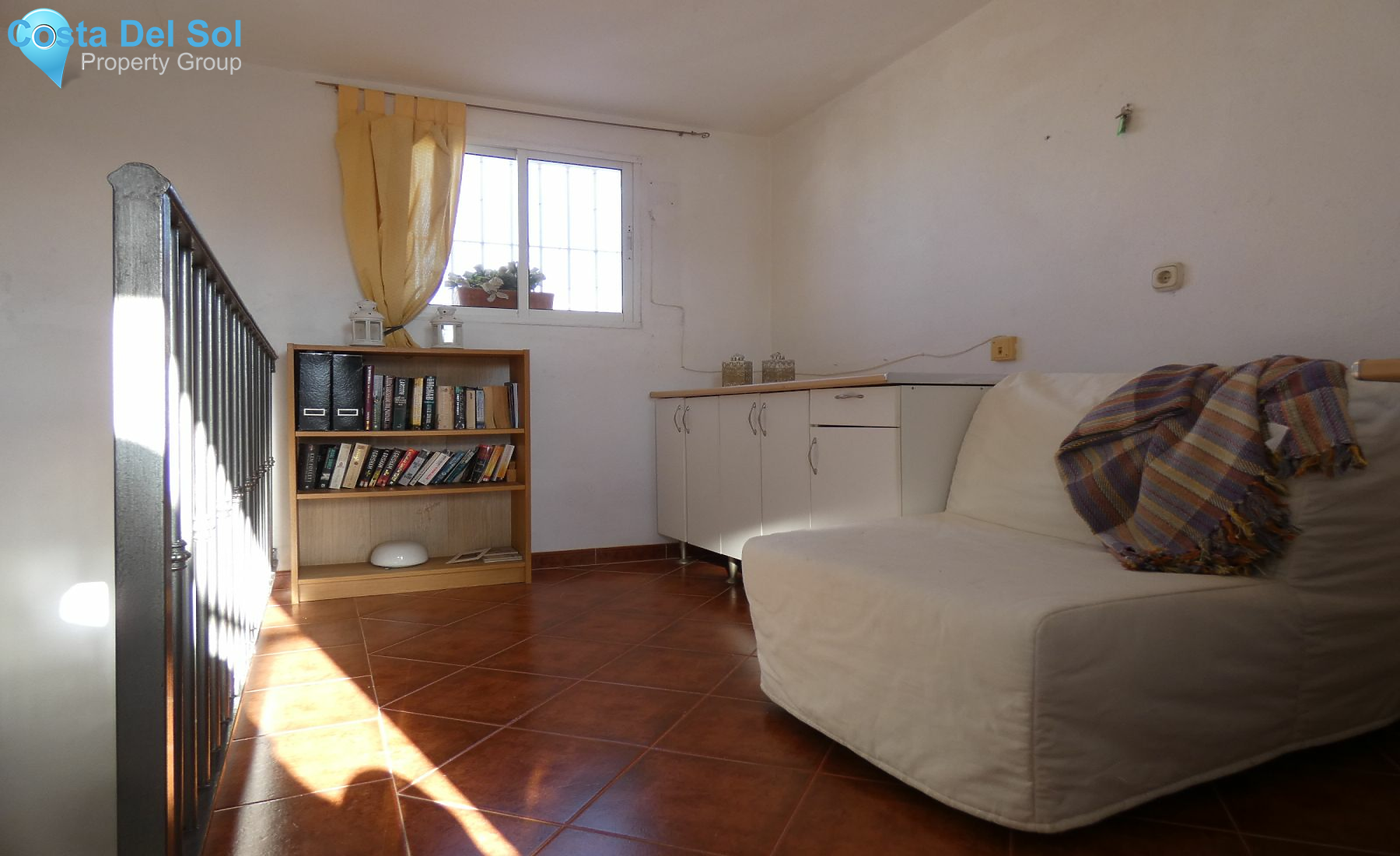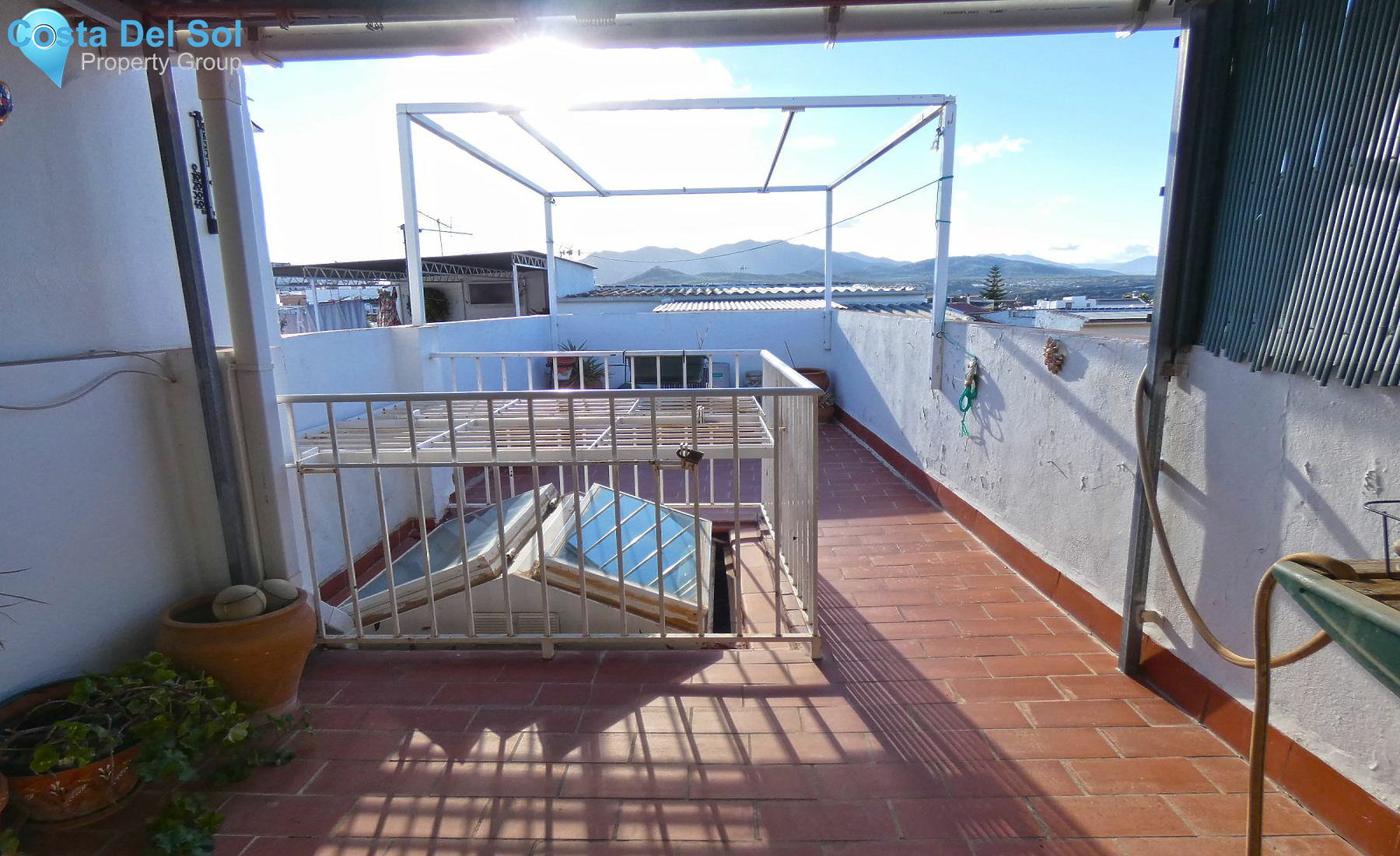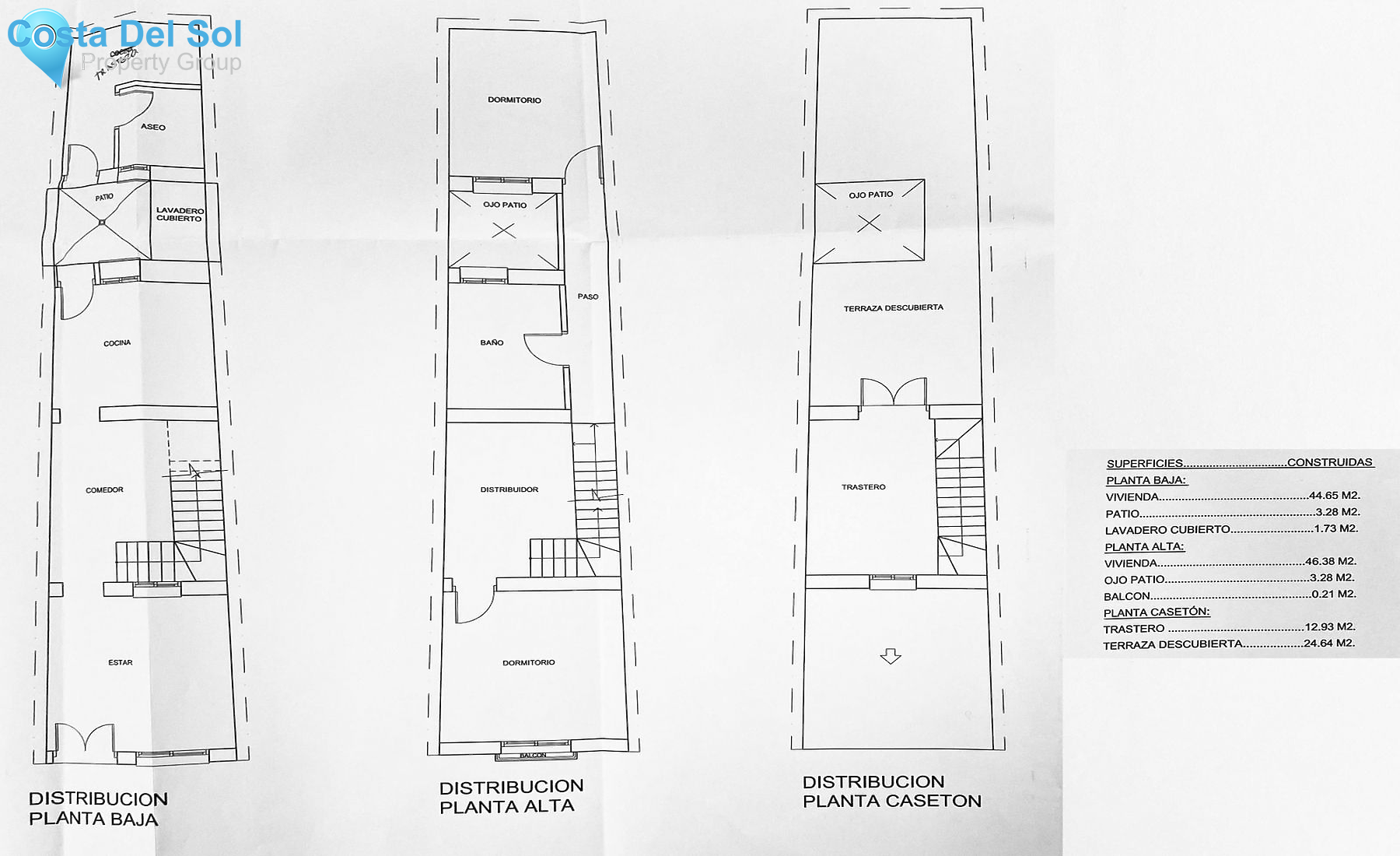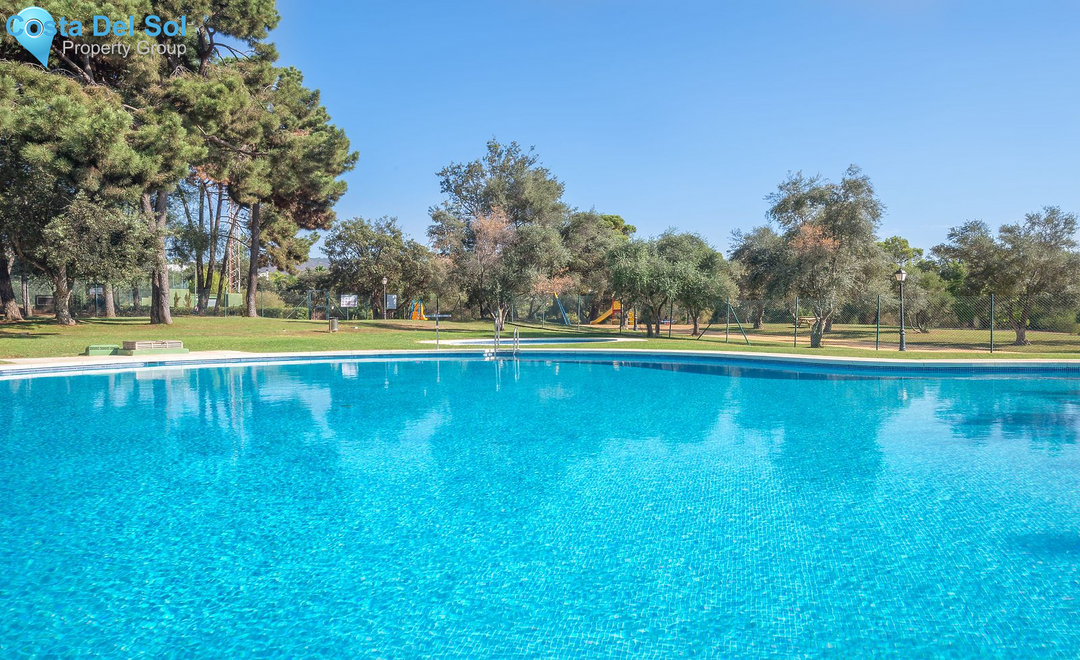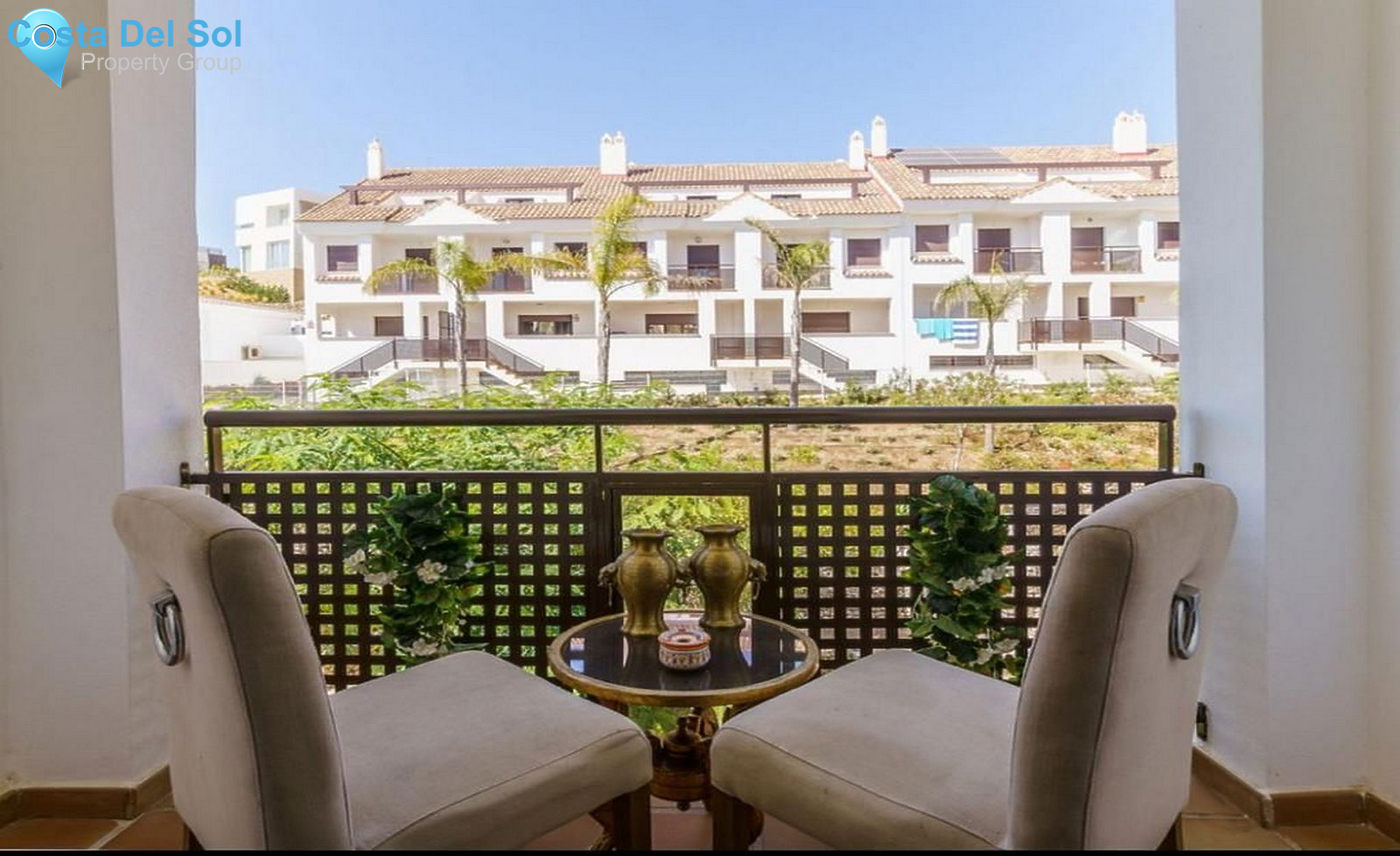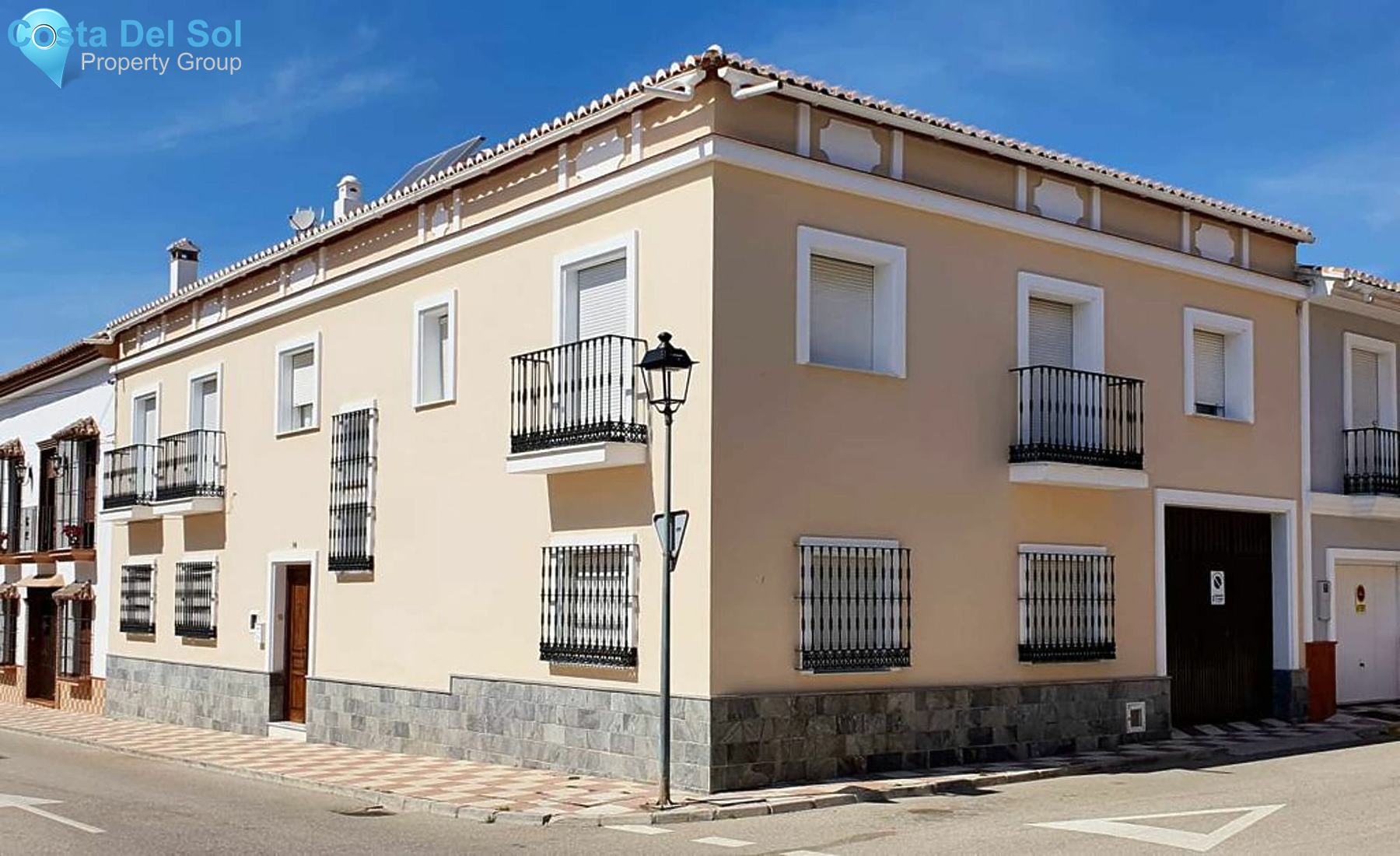Property details
- Property ID: CDS19463
- Price: € 129,000
- Plot Size: 0 m2
- Built Size: 106 m2
- Terrace Size: 28 m2
- Bedrooms: 2
- Bathrooms: 1.5
- Property Type: Townhouse
Notice: Trying to access array offset on value of type bool in /var/www/clients/client5/web6/web/property.php on line 328
Notice: Trying to access array offset on value of type bool in /var/www/clients/client5/web6/web/property.php on line 328
- Kitchen: Fully Fitted
- Views: Mountain,Panoramic,Urban,Street
- Parking: Street
- Furniture: Fully Furnished
Setting
- Town,Close To Shops,Close To Schools
Description
Nice two storey town house in the centre of Alhaurín El Grande with a private roof terrace.
On the ground floor we find a bright living room, followed by a dining room, a fitted kitchen with a nice patio/utility area, and a bathroom with a large shower.
From the dining room you access the top floor with a large hall (ideal for an office or a dressing room), two double bedrooms and a bathroom with a bathtub.
The house benefits from a wonderful roof terrace with views towards the town and the Alhaurín El Grande mountain range.
On the roof terrace there is a room that is currently used as a summer kitchen, but which could be a third bedroom.
It is a very cosy and pleasant property, in a picturesque central street, one step away from all the amenities that the town offers.
Features
- Near Transport,Private Terrace,Solarium,Utility Room,Double Glazing
Property video
Location
- Area: Málaga
- Town: Alhaurín el Grande
Current Weather in Alhaurín el Grande
About:
Alhaurín el Grande is a town located in the province of Málaga in the autonomous community of Andalusia in southern Spain.
It covers an area of 73.1 km2 extending from the northern slope of the Sierra de Mijas and the plain of the Guadalhorce river, where alternate crops of citrus and other fruit trees orchards are found.
The population reaches 23,675 inhabitants, according to 2010 data.
The origin of the name was given by the Arabs, who called it "Alhaurin", where the Catholic Monarchs added "el Grande" to distinguish it from the neighboring town of Alhaurín de la Torre after the conquest of both sites in 1485.
It is situated between the river Fahala and the stream of Blas González.
The coast is close by and there is a network of roads to get there.
There is a road to Málaga Airport and Torremolinos, which takes about 30 minutes by car.
A new road was built in 2010 connecting the town with Fuengirola and the beach which is only 20 minutes drive.
There is also another new road to Marbella, to the southwest with Mijas just along a winding road round the mountain.
From Alhaurín there is a view over the "Hoya de Málaga", Málaga's vale, full of lemon trees and other fruit trees.
Villafranco del Guadalhorce is a village within Alhaurín el Grande's municipal territory.
It was founded by colonist families in the 1950s and subsidized by the Instituto Nacional de Colonización of the Spanish government.
Taxes & Fees
Notice: Trying to access array offset on value of type bool in /var/www/clients/client5/web6/web/Global-Includes/footer.php on line 1
